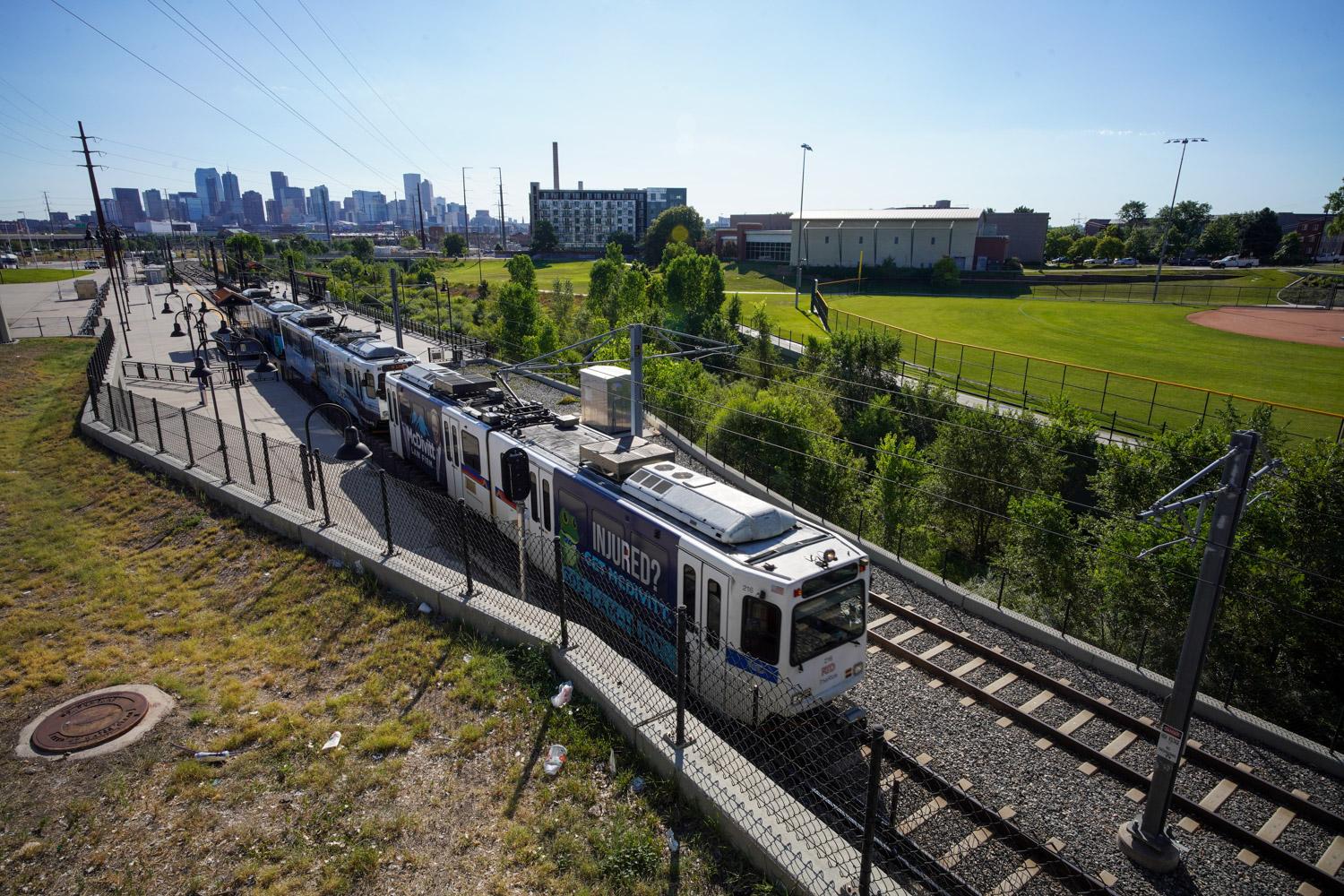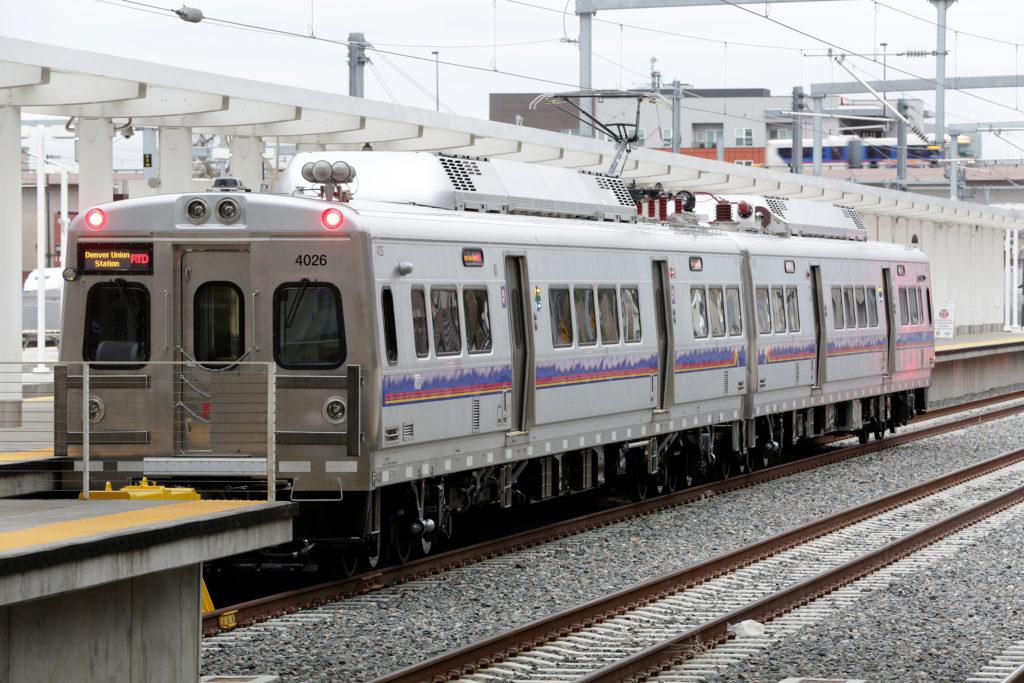
The Regional Transportation District’s top financial staffers presented a dour budget forecast to their board of directors earlier this month.
The transit agency keeps two sets of books: one for its “base” system that details funding for the majority of the bus network and the oldest light rail lines, and a second for the FasTracks program that has built six new rail lines and one rapid bus line since voters approved it in 2004.
The problem, staffers said, was that FasTracks expenses were poised to grow so rapidly — fueled mainly by growing debt payments — that the base system would have to subsidize it to the tune of $1.05 billion through the end of the decade.
To cut to the end of this story, that is not the case. Updated forecasts that will be presented to the board in October will show that the FasTracks budget is indeed solvent through the end of the decade, officials said.
Here’s what happened, as best as I can tell.
Since I reported a documentary podcast on RTD’s massively ambitious FasTracks rail expansion program and learned about the billions of dollars in debt the agency took out to build it, I’ve kept a close eye on its ongoing financial health.
There’s a history of transit agencies in the U.S. dipping into bus budgets to cover rail expansion costs. It happened in Los Angeles in the 1980s, for example, and was hugely controversial.
FasTracks’ original architects knew this. They thought it would be financially self-sustaining, funded mostly by a 0.4 percent sales tax. But as a guardrail, they kept FasTracks separate from RTD’s base system — to make it harder to siphon money during tough financial times.
“That was part of the rationale, I would say, to assure people that we weren’t going to take money from the base system to fund FasTracks,” Liz Rao, RTD’s assistant general manager of planning and development in the 2000s, said in a phone interview.
Still, RTD staff have predicted for years that a base system subsidy of FasTracks could be necessary. Especially because RTD structured its FasTracks debt to balloon in the mid-2020s after it pays off the last of its base system bonds.
So, I wasn’t shocked that RTD staff, in their latest six-year financial plan, were projecting a subsidy would be necessary. But I was surprised at the number: $1.05 billion.
It appeared to trouble at least one board member, too.
“I just want to make sure that we are not cannibalizing the base system for FasTracks,” board member Peggy Catlin of Jefferson County said during a committee meeting. “I think we need to make sure we have a solid foundation for the base system and bus service.”
RTD General Manager and CEO Debra Johnson tried to downplay the impact, telling the committee the two systems are, in fact, “one and the same” to the average customer.
But outside of the boardroom, Johnson, who was hired in 2020, has been more critical of FasTracks.
“I could Monday morning quarterback this all day,” Johnson said during a recent transportation panel discussion in Longmont. “I wasn’t here when the (FasTracks) initiative was placed on the ballot, but I own it now. And I am trying to make a tasty pitcher of lemonade with a big bag of salt and some moldy lemons.”
As of 2022, CFO Doug MacLeod said RTD owed Wall Street about $4.9 billion in FasTracks debt and expects to pay it off in 2050. About $1.4 billion of that will go toward interest.

Turns out RTD can afford all of that debt, though, at least through the end of the decade.
I wanted to make sense of why FasTracks was suddenly projected to be so deep in the red. So, I looked through older versions of the same financial forecast. And something jumped out that wasn’t related to the coming debt bomb.
In September 2022, RTD predicted its FasTracks operating expenses would total $1.2 billion between 2023 and 2028. But in September 2023, it predicted FasTracks operating expenses would be more than double — $2.5 billion between 2024 and 2029.
I do not have an accounting degree, but such a big jump in operating costs did not make sense.
So I asked MacLeod to explain it. He couldn’t, at least right away. Finally, nearly a week later, I heard back.
It was an error.
RTD staff had mistakenly attributed some base system operating expenses to FasTracks. That didn’t affect the agency’s overall bottom line, but it made it look like FasTracks was much more of a money pit than it actually is.
“We messed it up,” MacLeod said.
So now, MacLeod said, it appears that FasTracks will in fact be financially solvent — at least through the end of the decade. Beyond that, forecasting is more difficult. But MacLeod said it’s quite possible that a subsidy will be necessary before the last FasTracks debt is finally paid off in 2050.
And, of course, we don’t know whether RTD will have more FasTracks expenses on its plate before then. Taxpayers and public officials are keeping pressure on RTD to complete unfinished projects, including the planned line to Boulder and Longmont.
Editor's note: This story has been updated to correct the amount of FasTracks debt RTD owes.









